Table of contents
Table of contents
Most nonprofits struggle to understand the difference between a pledge and a donation. And with so many funding options available—paired with the urgency to secure those funds—it's easy to feel overwhelmed and uncertain about the best methods to raise money for your organization.
In this blog, we’ll demystify the pledge and donate meaning confusion, weigh donations vs. pledges, and offer a pledge reminder sample letter to help you get started—so you can steer your nonprofit toward the most sustainable future.
What does it mean to pledge money?
A pledge, which is a type of planned giving, is a promise or commitment made by an individual, organization, or donor to provide support (often in the form of money). Unlike an immediate donation, a pledge is a commitment to contribute at a later date.
Most nonprofit pledges include these elements:
- Promise to contribute 🤝 A person or organization commits to contribute a specified amount or form of assistance in support of a particular cause or initiative.
- Definition of terms ✍️ The pledge includes details such as the amount of the commitment, the timeline for fulfilling the pledge, and any conditions or requirements associated with the contribution.
- Documentation 📄 Pledges are often documented in writing, either through formal agreements, contracts, or less formal written commitments.
- Fulfillment of pledge ✅ The donor fulfills the commitment by making the agreed-upon contributions (money, providing goods or services, etc.).
Additionally, there are two types of pledges in nonprofit fundraising:
- Conditional: The donor's commitment is contingent upon the occurrence of specific conditions or events and the pledge is fulfilled only if the conditions are met (e.g., a matching gift).
- Unconditional: The donor’s commitment is not contingent on the nonprofit fulfilling certain criteria or achieving particular outcomes (i.e. you’ll get the contribution no matter what happens).
What is a donation?
A donation is the voluntary act of immediate giving to support a cause, organization, or individual in need.
- Process 🤔 Individuals, groups, businesses, or organizations decide to make a donation based on their values, interests, or a desire to support a specific cause.
- Form and amount 💰 Donations can take various forms, including monetary contributions, in-kind donations (goods or services), or the donation of time through volunteering.
What’s the difference between a pledge and a donation, and does your nonprofit need to solicit both?
In essence, a pledge is making a commitment, and a donation is following through on that commitment by giving what you promised. Both, however, are important to the sustainability of a nonprofit.
When it comes to how contributions are made, there are some key differences between donations and pledges that nonprofits should be aware of:
1. Transaction process 💸
Pledges: For financial pledges, there is often a payment schedule outlined in the agreement (i.e., paid in one lump sum or installments).
Donations: For monetary donations, the transaction process typically involves immediately transferring funds from the donor to the recipient (often done through online donation forms or in-person donations).
2. Legal/tax obligations 💼
Pledges: Unfilled pledges are not tax-deductible donations—once a pledge is fulfilled, the donation becomes tax-deductible.
Donations: Donations are tax-deductible and require receipts from a nonprofit that include specific IRS-required information.
Pros and cons of donations and pledges
Before jumping into one or the other (or both!) be sure to consider the pros and cons:
Donation pros and cons:
✅ Donations offer immediate impact: Donations provide immediate financial support, allowing your organization to address pressing needs.
✅ Donations offer flexibility: Donors can contribute funds without a long-term commitment, giving them the flexibility to support your organization as they see fit.
❌ Donations come with income variability: Relying solely on one-time donations can make it challenging to predict and plan for future funding.
❌ Donations require continuous outreach: Organizations need to continuously engage donors to secure ongoing support, as each donation is typically for a specific instance.
Pledge pros and cons:
✅ Pledges are great for donor engagement: Giving through installments, for example, offers an easy way to stay connected with donors and remind them of your cause.
✅ Pledges can be substantial: Pledges give people the flexibility to plan and save, often resulting in larger contributions. In fact, the average mobile donation pledge for fundraising events is $167 vs. $128, the average online donation amount.
❌ Pledges can go unfulfilled: There is a risk that donors may not fulfill their pledged commitments. On average, only 84% of event fundraising pledges are fulfilled.
❌ Pledges are complex: Managing pledges requires additional administrative effort, including tracking commitments, sending reminders, and ensuring compliance.
How to make the most of pledges and donations in 3 steps
No two nonprofits are exactly alike, meaning their approach to donations and pledges will likely differ. However, there are a few universal best practices and steps to incorporate pledges into your existing fundraising strategy:
Step 1: Lay the groundwork 💪
Before jumping into promoting your donation and pledge options, it's important to determine the following:
- Goals 🎯 What sum of money are you looking to secure? What will you do with the revenue? How does that impact your overall mission?
- Duration 🗓️ Will you always offer pledges as a giving option? Or just for a period of time or a specific initiative?
- Budget and resources 🛒 How much money can you allot to these strategies? Do you have specific tools and team members to facilitate your donation and pledge campaigns?
Step 2: Make the ask 📣
Once you’ve established a pledge program, implement a multi-channel communication strategy to reach donors through:
- Pledge cards 🗃️ Request pledges through a physical document that individuals use to formally commit to contributing, often at in-person events.
- Email 📨 Consider marketing your pledge and donation options through personalized emails to specific donors or newsletters.
- Direct mail 💌 Don’t discount letters via snail mail to appeal to potential donors. (Personalization, like adding a person’s name, can increase the response rate by up to 500%!)
- Social media 👍 Link to your pledge and donation pages on Instagram, Facebook, or Twitter in order to spread the word.
- Online pledge forms ⚡ Send donors to an optimized online form so they can make a commitment right from their phones or tablets (Look out for pledge forms coming to Givebutter in 2024!).
- SMS marketing 💬 Create a text messaging campaign to target donors and offer text-to-donate pledge options. Your SMS text can link to a pledge or donation page for easy giving.
Step 3: Engage and accept payments 💰
Both pledges and donations require strategic donor stewardship. For pledges, stewardship involves following up on unfulfilled commitments. Nonprofits need to thank donors once they give and follow up with receipt information, too.
Let’s look at a breakdown of these strategies:
- Send pledge reminders 🔁 To simplify collecting pledges, set up recurring, automated emails reminding donors to fulfill their commitment.
- Offer flexible payment methods 💳 Give donors multiple donation and pledge payment options like ACH, credit card, Venmo, or even digital wallets like Google Pay, and Apple Pay.
- Track donations 📊 Organize all of your fulfilled pledges and donations using a CRM.
- Use automatic receipts 🧾 Set up automatic donation receipts to streamline your follow-ups.
Download free pledge reminder template
Save time during your donor outreach by using this free pledge reminder template to follow up with committed givers.
Use pledges and donations to do more, with Givebutter
Both pledges and donations are great options for nonprofits looking to enhance their fundraising. Pledges promise lasting connection and growth, while donations are an instant energy boost, providing immediate funds to causes in need.
With Givebutter, nonprofits can streamline and amplify all of their fundraising efforts, and make the most out of both pledges and donations. With free donor management and marketing features for tracking pledges and keeping in touch with donors—plus a full suite of fundraising tools and flexible payment options—nonprofits can make giving, in all its forms, as smooth as butter.
Sign up for your Givebutter account and get started in minutes (it’s free!).

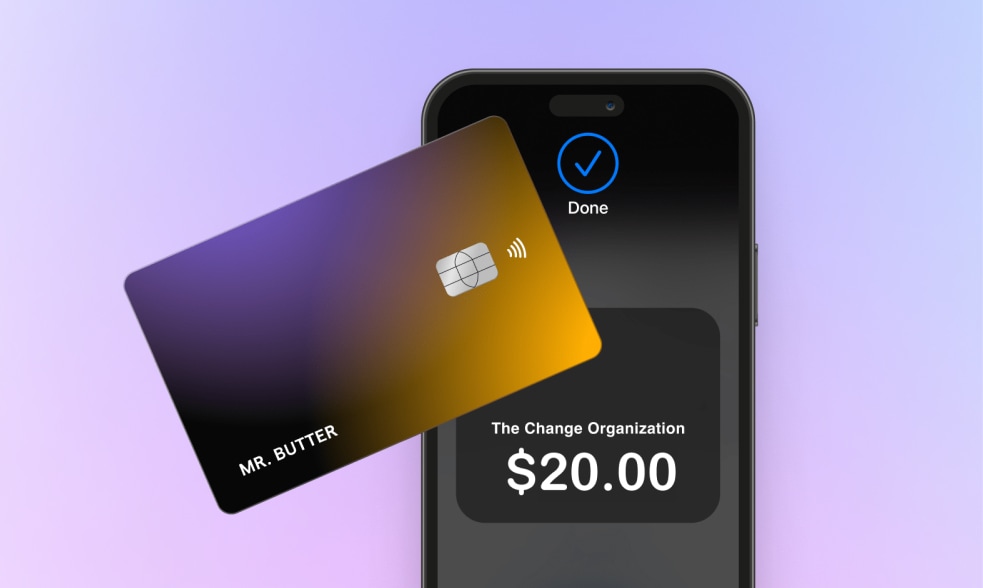


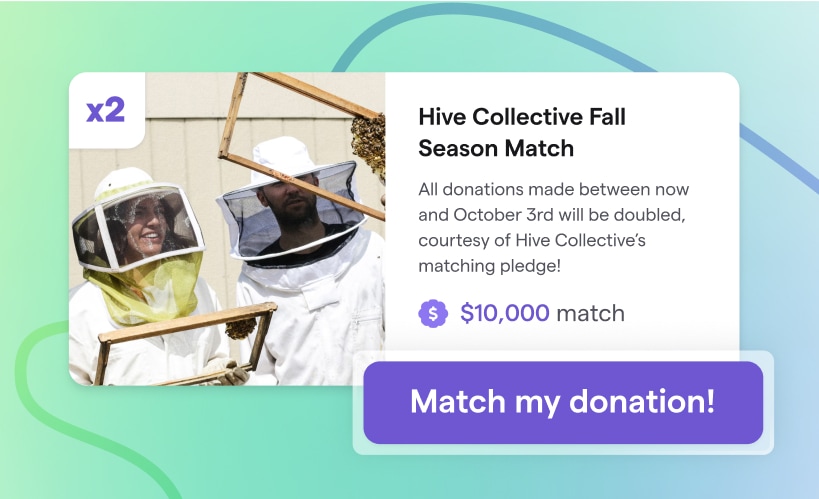
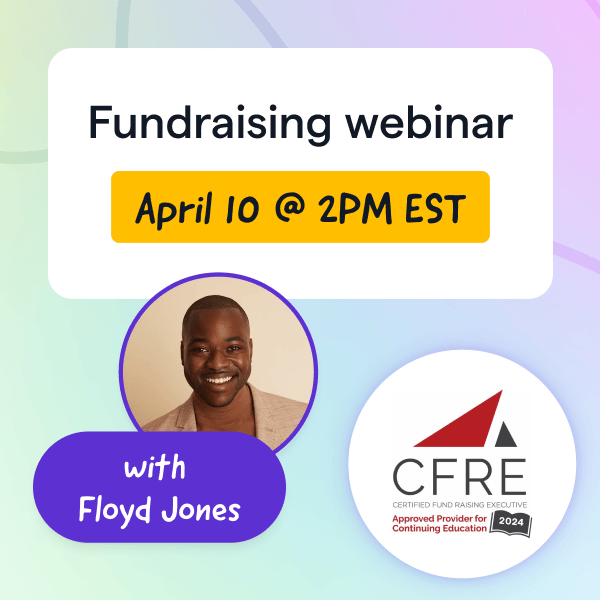



%20(1).png)







.png)

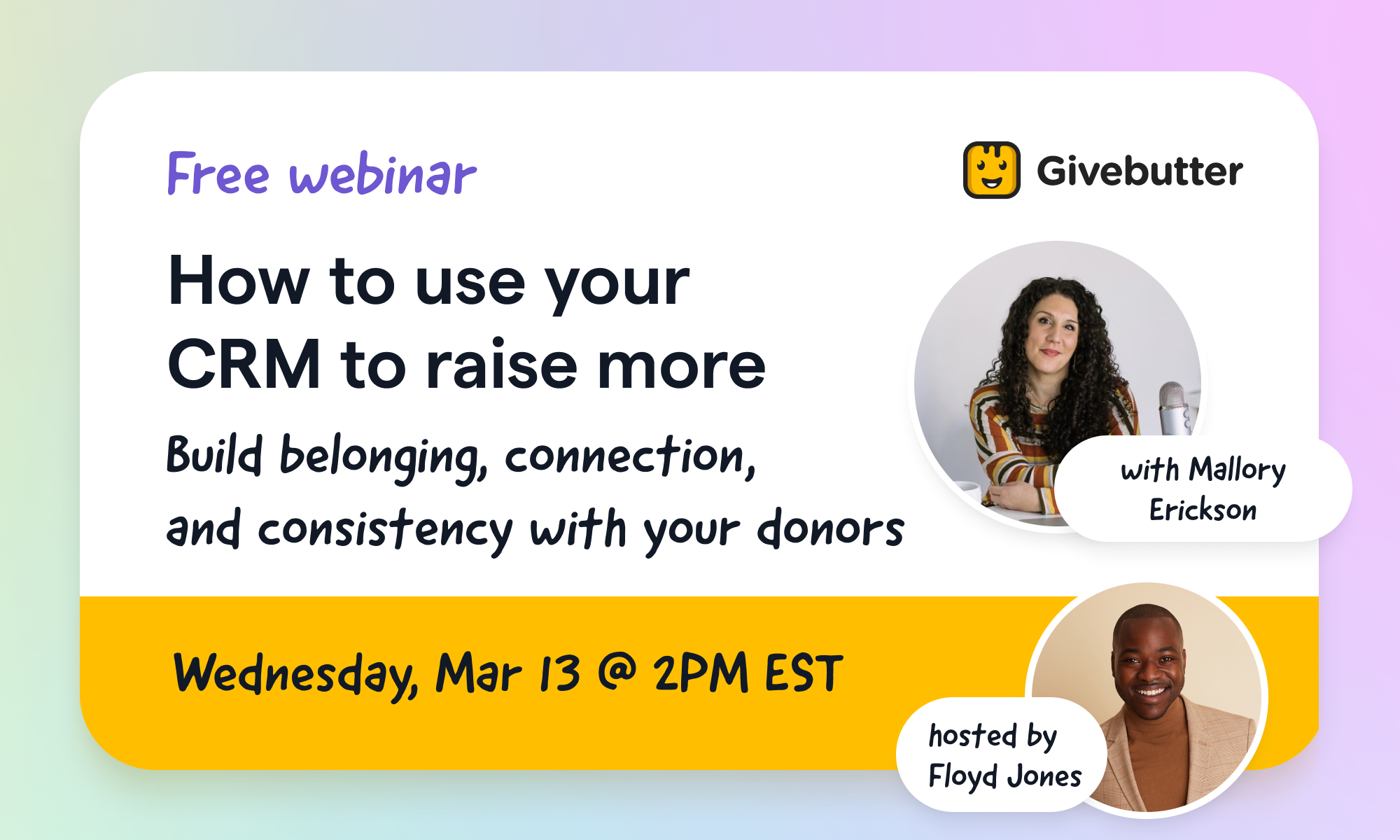
.png)
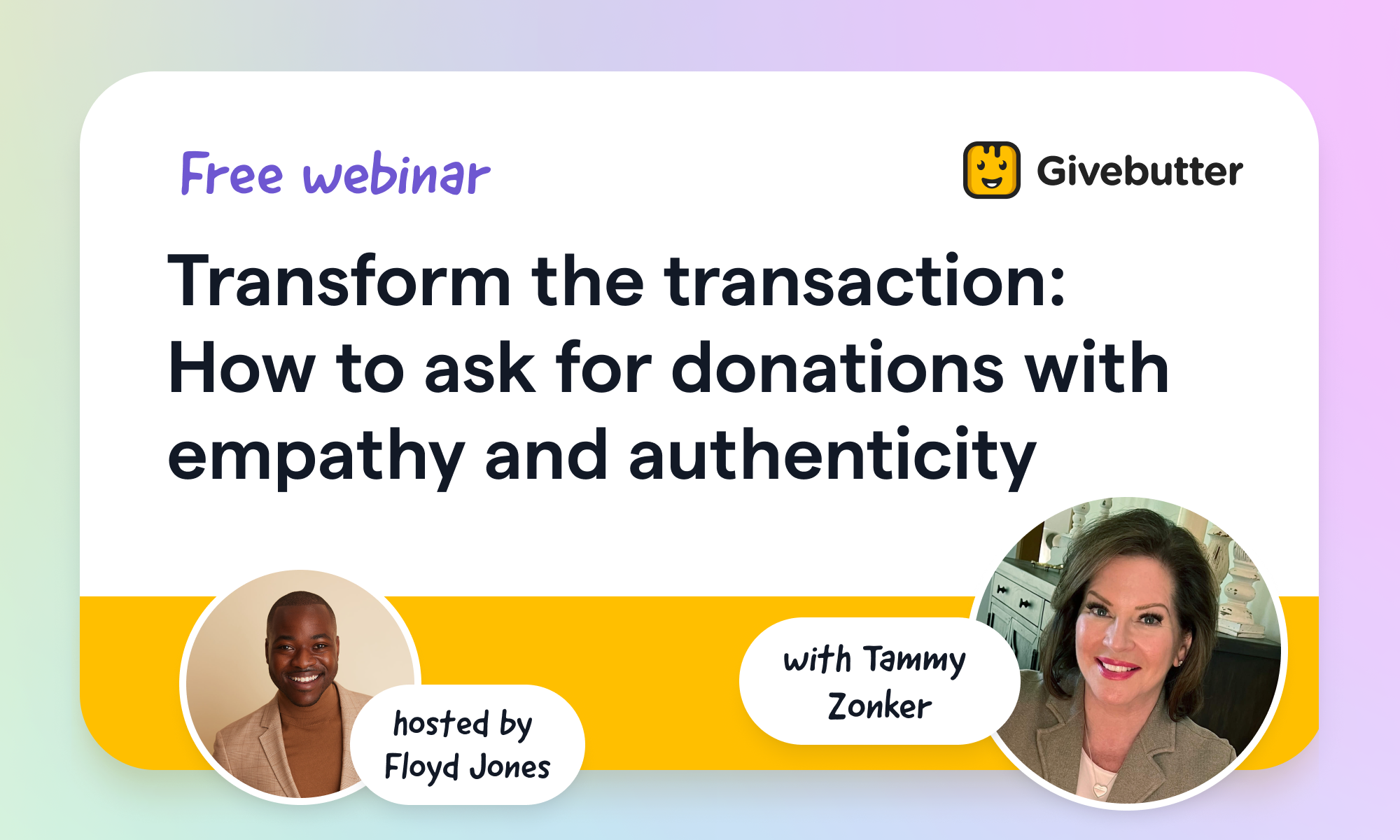




.svg)
.svg)
